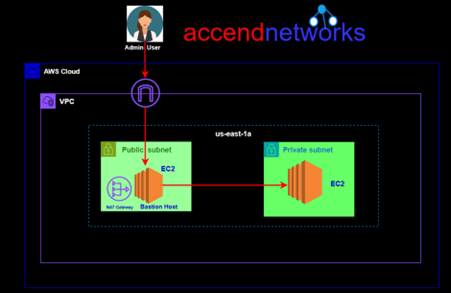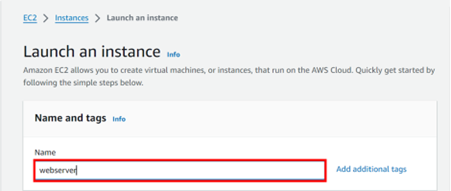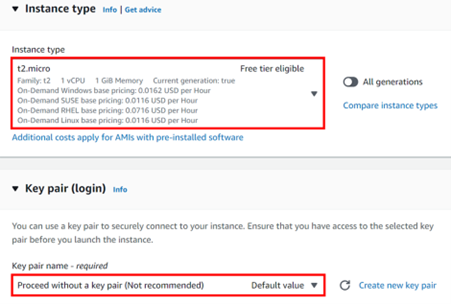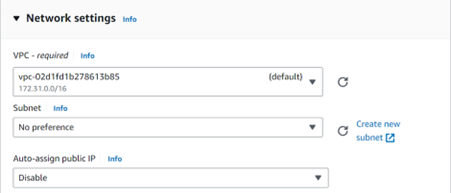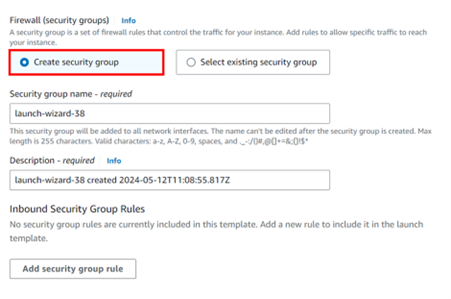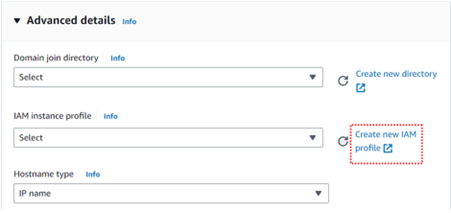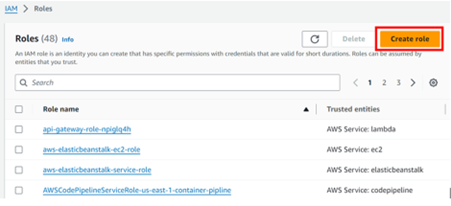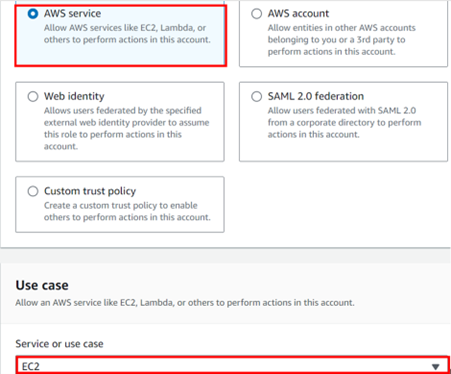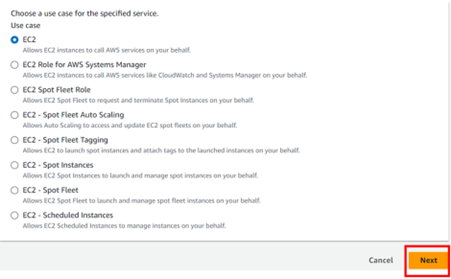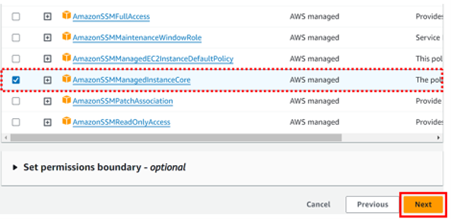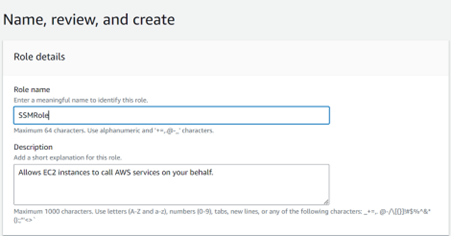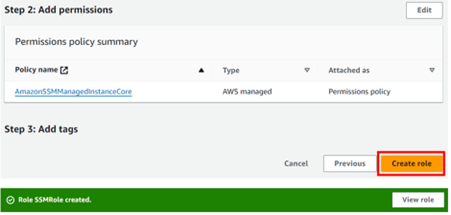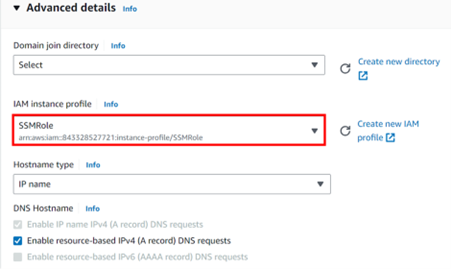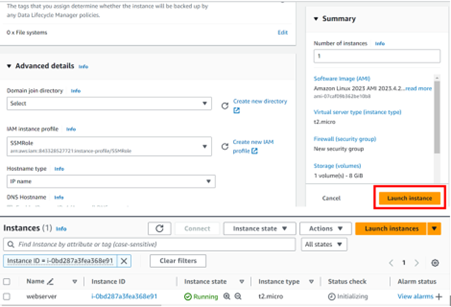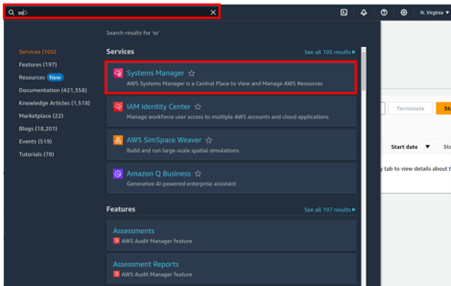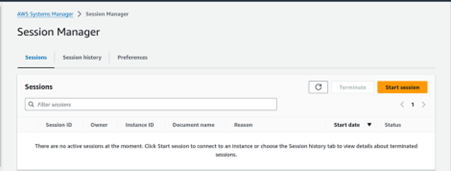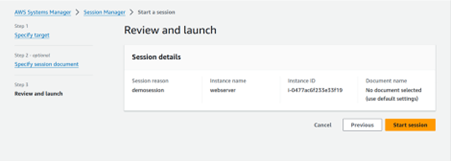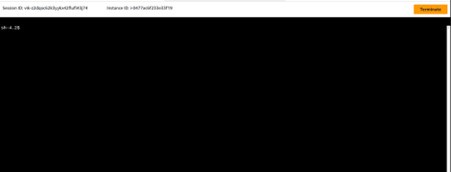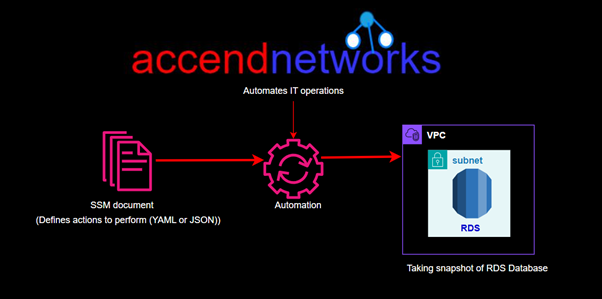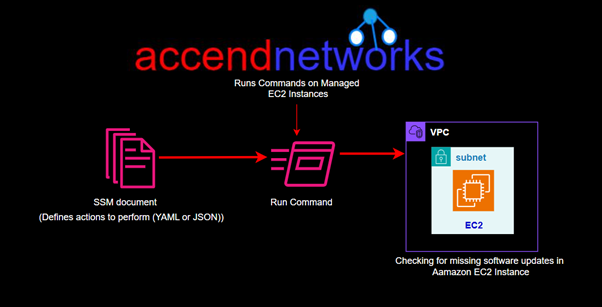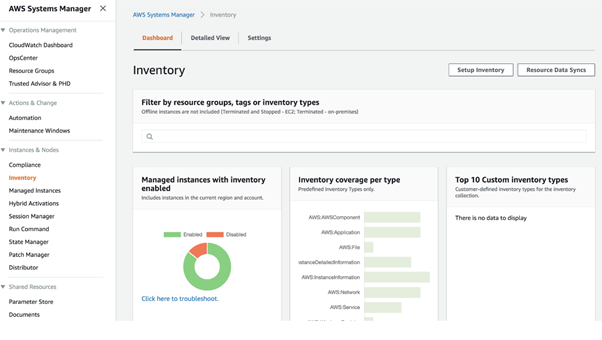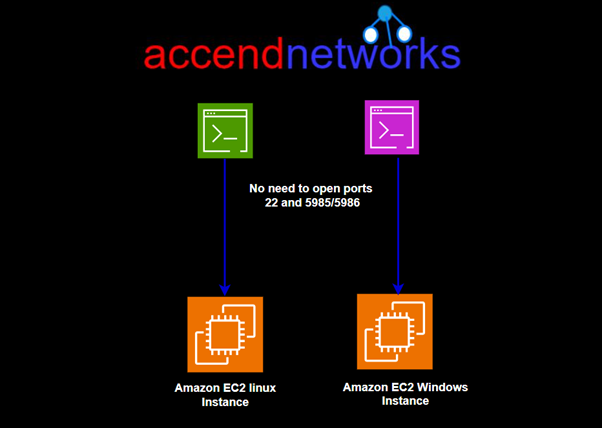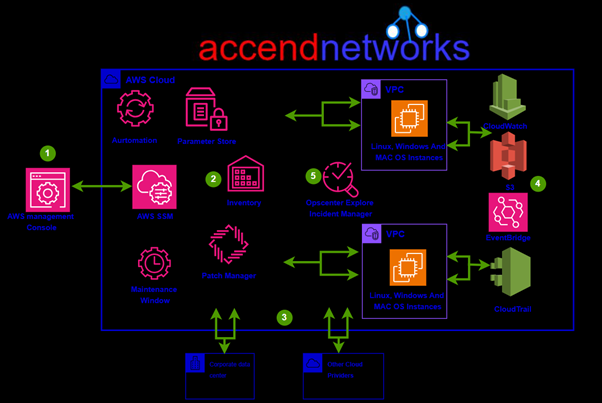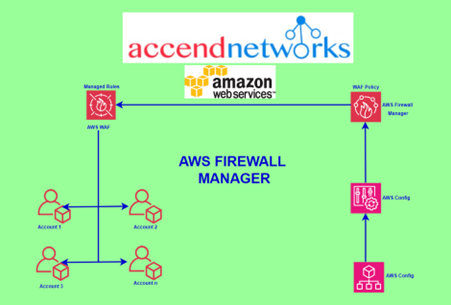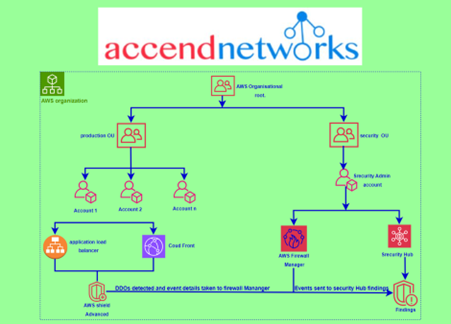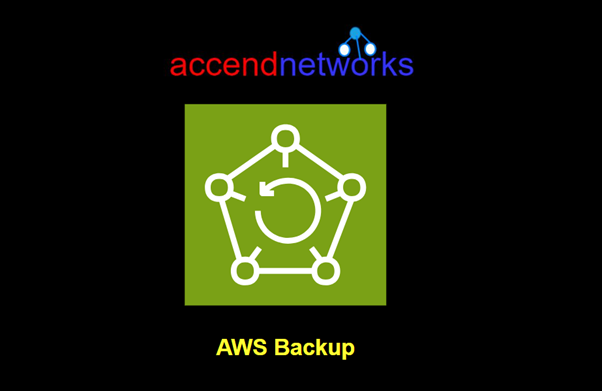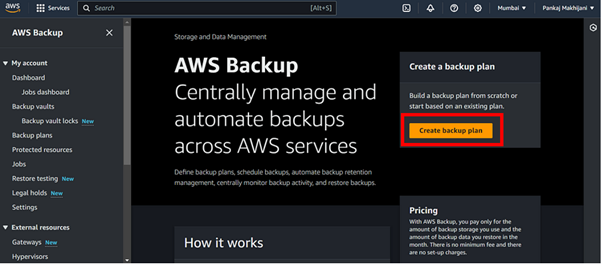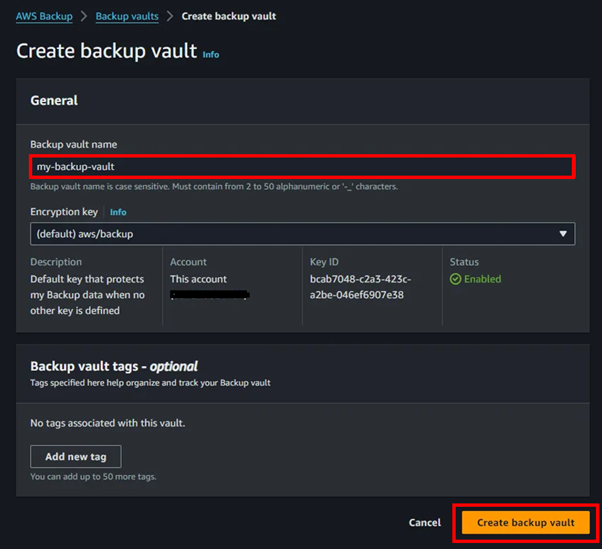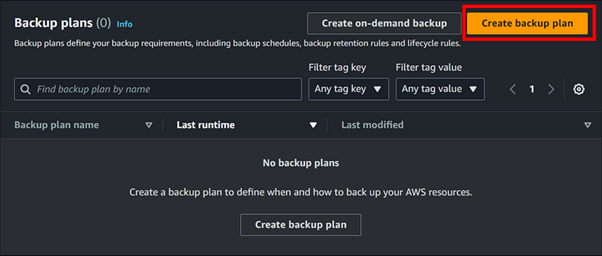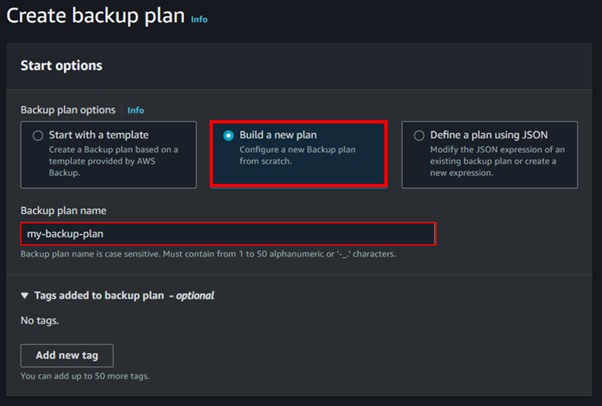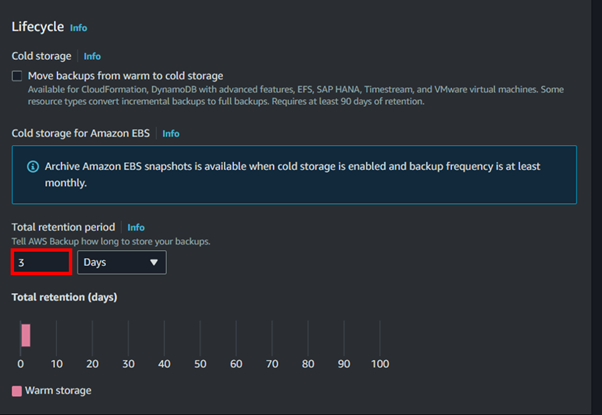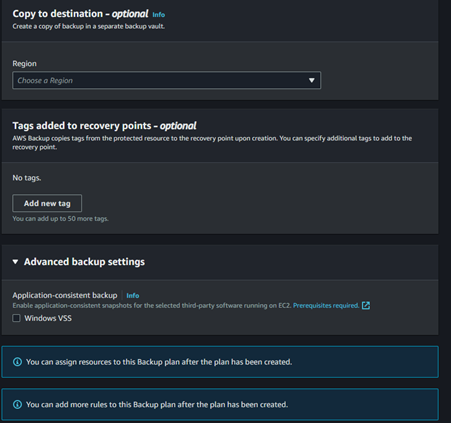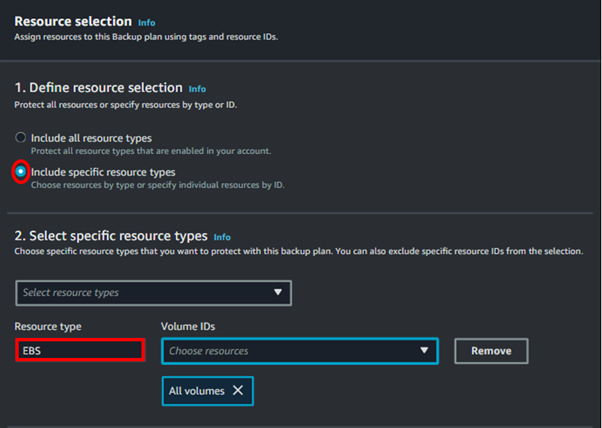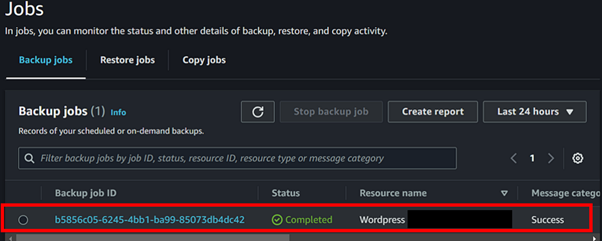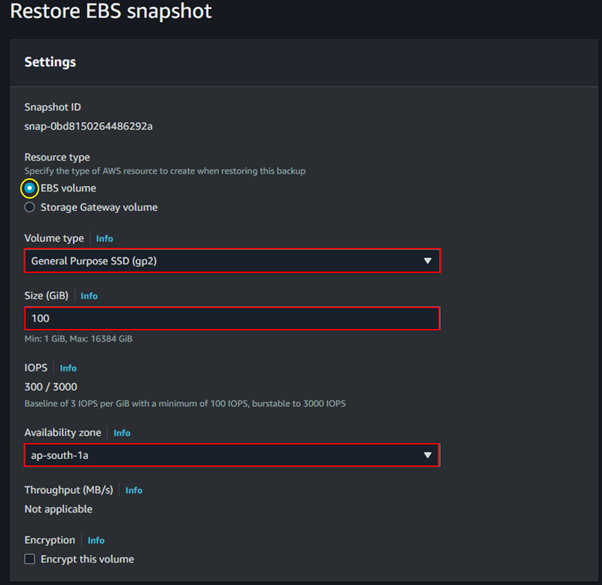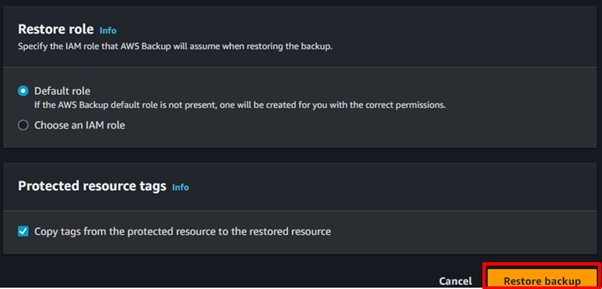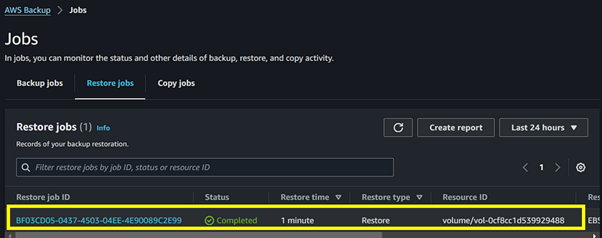Enhancing Cloud Security with AWS Security Hub
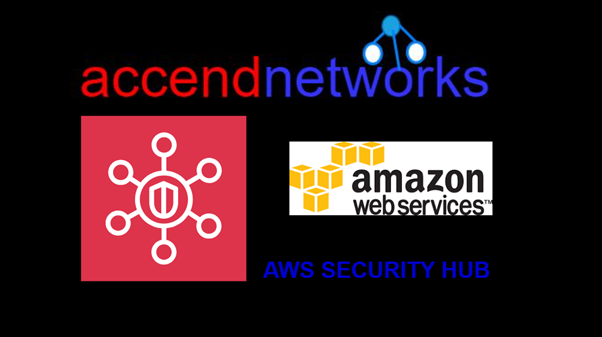
Introduction
In the error of cloud computing, security remains supreme for organizations around the world. With the increasing of sophisticated cyber threats, organizations must adopt robust security measures to safeguard their data and infrastructure. AWS security hub emerges as a comprehensive solution to address these challenges by providing a centralized platform for managing security across the AWS cloud.
What is AWS Security Hub?
AWS Security Hub provides you with a comprehensive view of your security state. It provides a centralized, aggregated, and prioritized overview of security findings and compliance status in a standard format for a single AWS account and multiple AWS accounts. It helps you analyze your security trends and identify the highest-priority security issues.
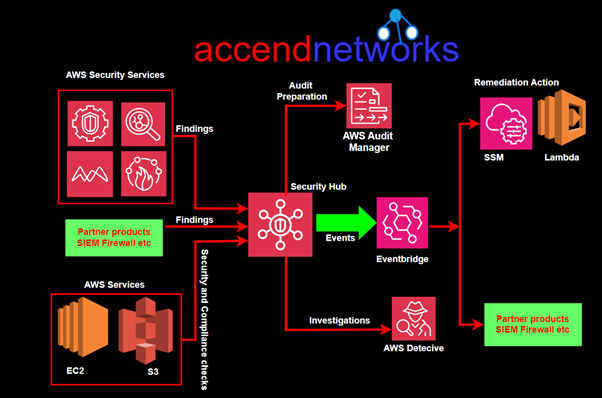
Key Features of AWS Security Hub
- Centralized security monitoring
- Continuous security assessment
- Prioritized alerting
- Custom insights and compliance checks:
- Integration with third-party security tools
- Automation
- Security scores and summary dashboards
Benefits of AWS Security Hub
- Simplified security operations: It provides a centralized view, simplifying security operations, and enabling faster response to threats.
- Enhanced threat visibility: By integrating with various AWS security services and third-party tools, it provides a wide range of security insights, ensuring comprehensive visibility into potential threats and vulnerabilities.
- Proactive risk mitigation: The continuous and automated compliance checks of AWS Security Hub allow organizations to proactively identify and remediate security gaps, reducing the risk of breaches, data leaks, and compliance violations.
- Simplified compliance management: AWS Security Hub simplifies compliance management by aligning with industry-standard frameworks and providing pre-built compliance checks. It simplifies reporting, and audits, and ensures compliance with regulatory requirements.
- Efficient collaboration: AWS Security Hub enables seamless collaboration between security teams by providing a centralized and shared view of security findings, allowing them to work together on analysis, remediation, and incident response.
Demo on how to enable AWS Security Hub?
Sign in to the management console and navigate to the security hub console. Then click on Go to security hub.

Before you can enable the security hub, you must first enable recording for the relevant resources in AWS Config.
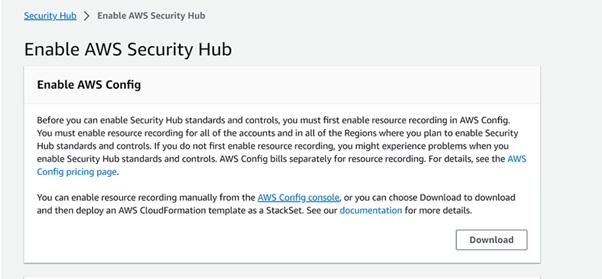
Then Select the relevant Recording strategy and Recording frequency as per your requirements.
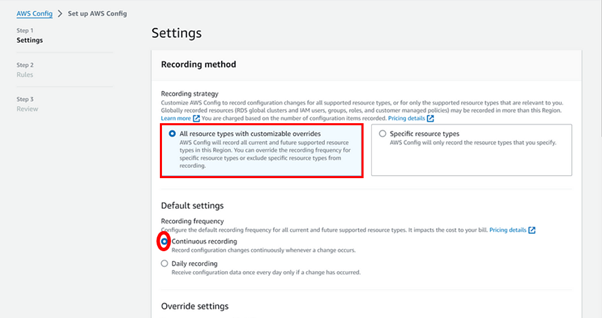
Configure Override settings to override the recording frequency for specific resource types or exclude specific resource types from recording and create a new IAM Role or select the existing IAM Role for AWS Config in Data governance.
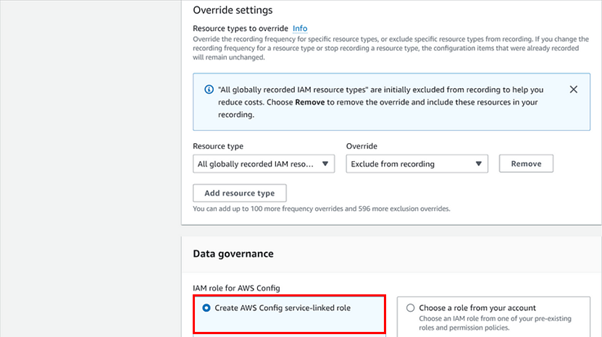
Remember AWS Config needs an S3 bucket to store configuration history and configuration snapshots. Configure S3 bucket details, then click on Next.

AWS Config Managed Rules provide a set of predefined rules that you can use to evaluate the compliance of your AWS resources according to best practices and security standards. Select the AWS-managed rules as per your requirements and click on Next.
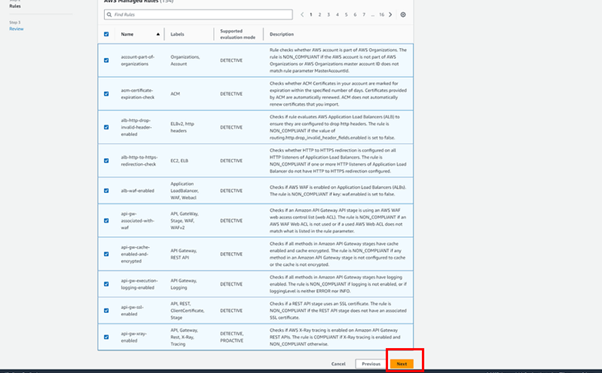
Review AWS Config details and click on Confirm to finish the AWS Config setup.
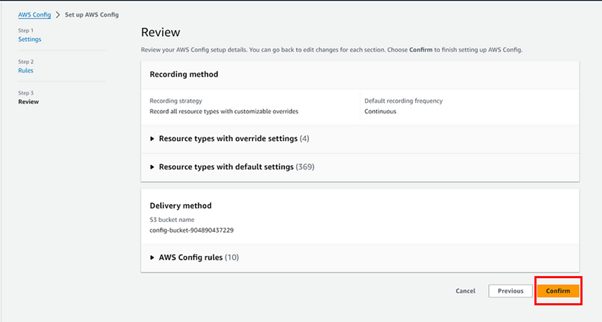
Select the Security standards as per your requirement from built-in security standards and click on Enable Security Hub to finish the setup.
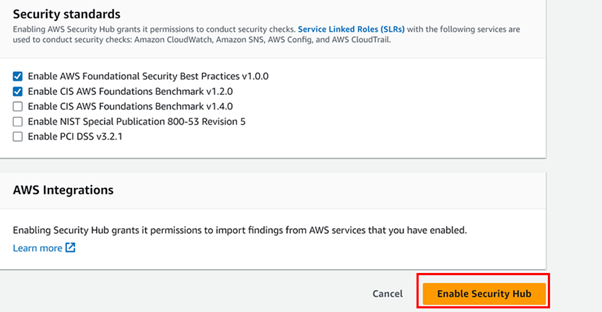
Once setup is complete, you’ll be directed to the Security Hub dashboard. Here, you can access a unified view of security findings, compliance status, and actionable insights across your AWS accounts. Explore the dashboard in detail and familiarize yourself with the available features and navigation options.
Once you enable an AWS Security Hub, it will take some time to complete the initial analysis and to appear the results on the dashboard. This is because AWS Security Hub needs to scan your entire AWS environment to identify all the relevant resources to the standard.
After the initial analysis is done, AWS Security Hub will continue to scan your AWS environment regularly to identify any new resources or modifications to existing resources. The results will be posted on the dashboard in real time. You can then check the findings and prioritize the remediation of the threats/vulnerabilities detected.
Below are some sample reports from the AWS Security Hub dashboard.
Security score from AWS Security Hub summary.
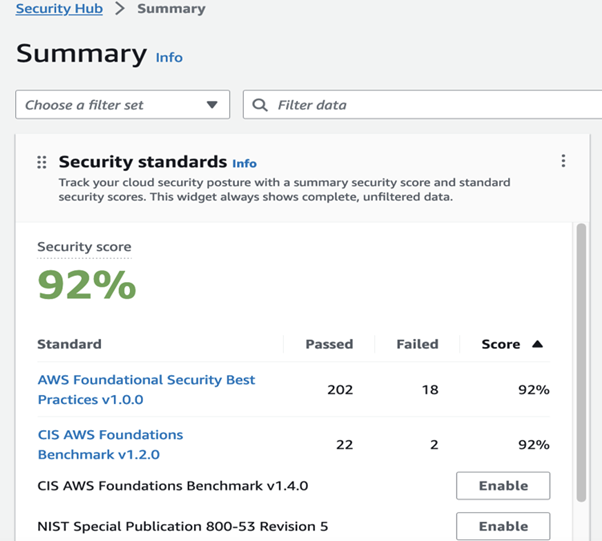
Findings from all linked Regions are visible from the aggregation Region
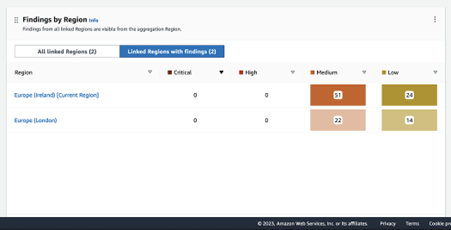
Track New findings over time by severity and the provider, and see the top resources at risk across multiple resource types.
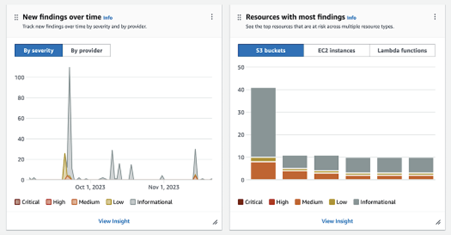
Security score for specific security standards
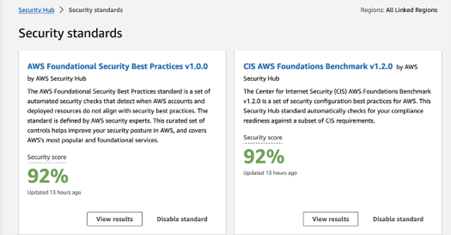
Conclusion
AWS Security Hub is an essential component in securing AWS cloud infrastructure by providing a comprehensive and centralized view of security posture. As the cloud landscape evolves, AWS Security Hub remains a pivotal tool for enhancing cloud security posture, enabling organizations to proactively identify and mitigate security risks.
This brings us to the end of this blog. Clean up.
If you have any questions concerning this article or have an AWS project that requires our assistance, please reach out to us by leaving a comment below or email us at sales@accendnetworks.com.
Thank you!


